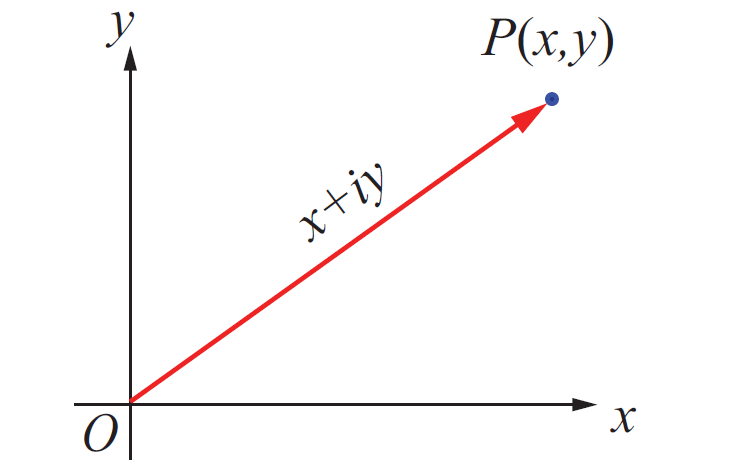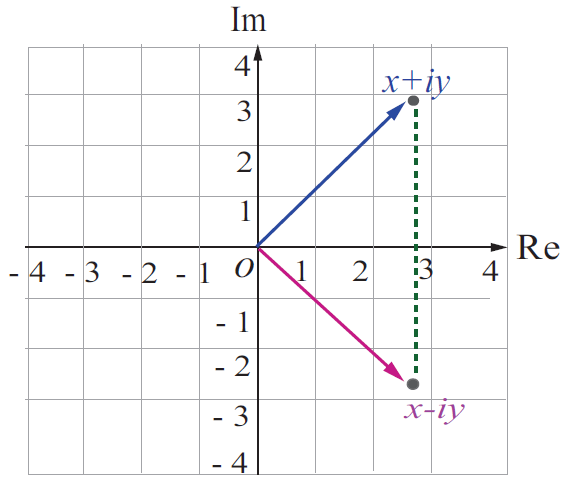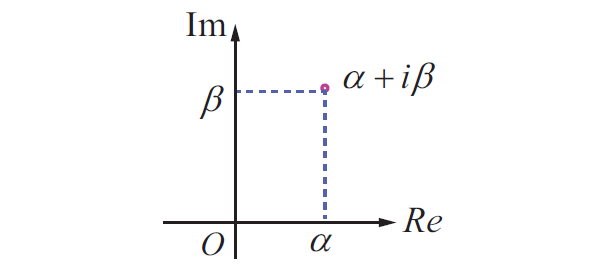SOLVING LINEAR EQUATIONS USING SUBSTITUTION METHOD
The following steps will be useful to solve system of linear equations using method of substitution.
Step 1 :
In the given two equations, solve one of the equations either for x or y.
Step 2 :
Substitute the result of step 1 into other equation and solve for the second variable.
Step 3 :
Using the result of step 2 and step 1, solve for the first variable.
Solve the following systems of equations by substitution.
Example 1 :
0.2x + 0.3y = 1.3
0.4x + 0.5y = 2.3
Solution :
0.2 x + 0.3 y = 1.3 ------(1)
0.4 x + 0.5 y = 2.3 ------(2)
Multiply both (1) and (2) by 10,
2 x + 3 y = 13 ----(1)
4 x + 5 y = 23 -----(2)
Step 1 :
Find the value of one variable in terms of other variable, say y in terms of x
3y = 13 - 2x
y = (13 - 2x)/3
Step 2 :
By applying the value of y in the second equation, we get
4 x + 5 [(13 - 2x)/3] = 23
12 x + [5 (13 - 2 x)]/3 = 23
12 x + 65 - 10 x = 69
2x = 69 - 65
2 x = 4
x = 2
Step 3 :
Now, we have to apply the value of x in the equation
y = (13 -2x)/3
y = (13 -2(2))/3
y = (13 -4)/3
y = 9/3
y = 3
So, the solution is (2, 3).
Example 2 :
√2x + √3y = 0
√3x - √8y = 0
Solution :
Step 1 :
Find the value of one variable in terms of other variable, say y in terms of x
√3 y = - √2 x
y = - (√2/√3) x
Step 2 :
By applying the value of y in the second equation, we get
√3x - √8 [- (√2/√3) x] = 0
√3x + (√16/√3) x) = 0
(3x + 4x)/√3 = 0
7x/√3 = 0
7x = 0
x = 0
Step 3 :
Now, we have to apply the value of x in the equation
y = - (√2/√3) x
y = - (√2/√3) (0)
y = 0
So, the solution is (0, 0).
Example 3 :
(3x/2) - (5y/3) = -2
(x/3) + (y/2) = 13/6
Solution :
(3x/2) - (5y/3) = -2 --------(1)
(x/3) + (y/2) = 13/6 --------(2)
We are going to take L.C.M for both equations.
(9x - 10y)/6 = -2
9x - 10y = -12 ------(1)
(x/3) + (y/2) = 13/6
(2x + 3y)/6 = 13/6
2x + 3y = 13 ------(2)
Step 1 :
Find the value of one variable in terms of other variable, say y in terms of x
10 y = 9x + 12
y = (9x + 12)/10
Step 2 :
By applying the value of y in the second equation, we get
2x + 3[(9x + 12)/10] = 13
(20x + 27x + 36)/10 = 13
47x + 36 = 130
47x = 130 - 36
47x = 94
x = 94/47
x = 2
Step 3 :
Now, we have to apply the value of x in the equation
y = (9 x + 12)/10
y = (9(2) + 12)/10
y = (18 + 12)/10
y = 30/10
y = 3
So, the solution is (2, 3).
Kindly mail your feedback to v4formath@gmail.com
We always appreciate your feedback.
©All rights reserved. onlinemath4all.com
Recent Articles
-
Polar Form of a Complex Number
Apr 16, 24 09:28 AM
Polar Form of a Complex Number -
Conjugate of a Complex Number
Apr 15, 24 11:17 PM
Conjugate of a Complex Number -
Complex Plane
Apr 14, 24 07:56 AM
Complex Plane


